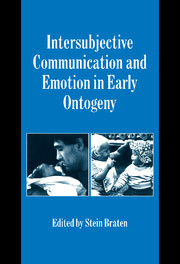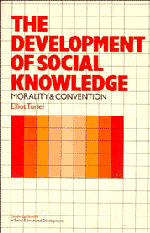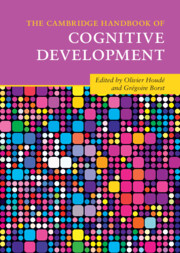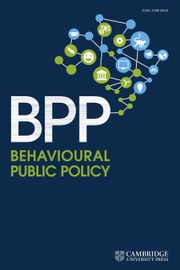Intersubjective Communication and Emotion in Early Ontogeny
The concept of intersubjectivity, explicit or implicit, has emerged as a common denominator in approaches to interpersonal engagements in early infancy and children's understanding of others' thought and emotion. This 1999 book brings together the most senior international figures in psychology, psychopathology, sociology and primatology to address the key question of the role of intersubjectivity in early ontogeny. Together, they offer an interesting perspective on child development, learning and communication and highlight important comparisons with processes in autistic development and in infant ape development. The book is divided into four parts, focusing on intersubjective attunement in human infancy; companionship and emotional responsiveness in early childhood; imitation, emotion and understanding in primate communication; and intersubjective attunement and emotion in language learning and language use. It is an invaluable resource for researchers in emotion and communication across the social and behavioural sciences.
- Comprehensive collection of cutting-edge research on key topic of intersubjectivity
- All contributors are very well known internationally
- Invaluable resource for behavioural and social sciences researchers of early child development, emotion and communication
Product details
March 1999Hardback
9780521622578
472 pages
229 × 152 × 30 mm
0.86kg
27 b/w illus. 16 tables
Available
Table of Contents
- List of figures
- List of tables
- List of contributors
- Preface
- Introduction
- Part I. Intersubjective Attunement in Human Infancy and Impairment in Autism:
- 1. The concept and foundations of infant intersubjectivity Colwyn Trevarthen
- 2. Infant intersubjectivity: broadening the dialogue to include imitation, identity and intention Andrew N. Meltzoff and M. Keith Moore
- 3. Neonatal imitation in the intersubjective companion space Giannis Kugiumutzakis
- 4. Imitation in neonates, in older infants and in children with autism: feedback to theory Mikael Heimann
- 5. Infant learning by altercentric participation: the reverse of egocentric observation in autism Stein Bråten
- Part II. Companionship and Emotional Responsiveness in Early Childhood:
- 6. Contributions of experimental and clinical perturbations of mother-infant communication to the understanding of infant intersubjectivity Lynne Murray
- 7. Empathy and its origins in early development Ross A. Thompson
- 8. Siblings, emotion and the development of understanding Judy Dunn
- 9. The company children keep: suggestive evidence from cultural studies Carolyn Pope Edwards
- Part III. Imitation, Emotion and Understanding in Primate Communication:
- 10. Ontogeny, communication and parent-offspring relationships Patrick Bateson
- 11. Social-experiential contributions to imitation and emotion in chimpanzees Kim A. Bard
- 12. Imitation: the contributions of priming and program-level copying Richard W. Byrne
- 13. Do concepts of intersubjectivity apply to non-human primates? Juan Carlos Gomez
- 14. Imitation and the reading of other minds: perspectives from the study of autism, normal children and non-human primates Andrew Whiten and Julie D. Brown
- Part IV. Intersubjective Attunement and Emotion in Language Learning and Use:
- 15. The intersubjective foundations of thought R. Peter Hobson
- 16. Language, culture and intersubjectivity: the creation of shared perception Patricia K. Kuhl
- 17. Intersubjectivity in early language learning and use Nameera Akhtar and Michael Tomasello
- 18. Fictional absorption: emotional response to make-believe Paul L. Harris
- 19. Intersubjective attunement and linguistically mediated meaning in discourse Ragnar Rommetveit
- 20. Intersubjective communion and understanding: development and perturbation Stein Bråten
- References
- Indexes.










